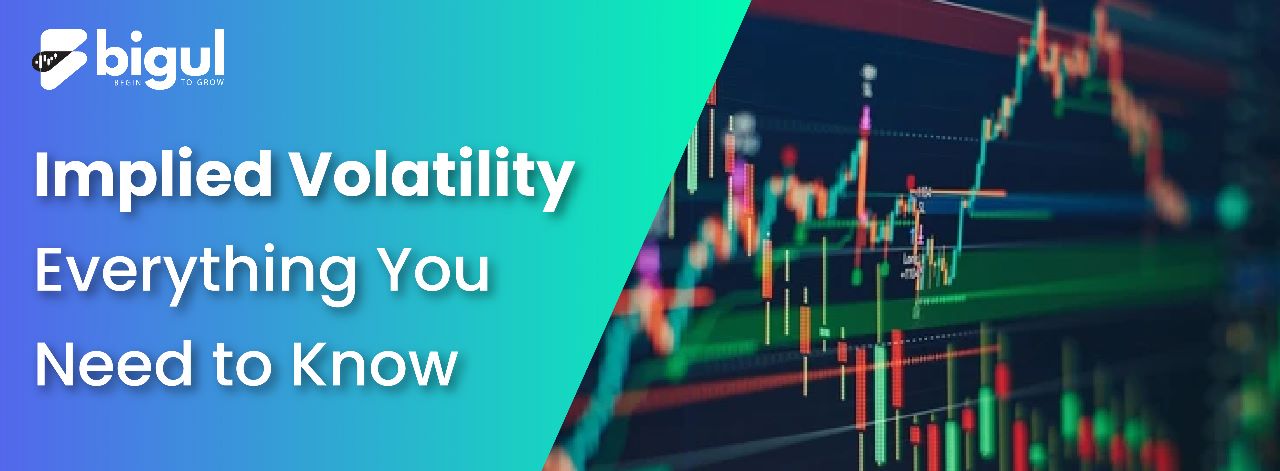Concept and Function of Implied Volatility
Implied volatility is a parameter that indicates the market’s expectation of security’s price fluctuation in the future. It is utilised by investors to anticipate potential price movements, to calculate the value of options contracts and to determine supply and demand conditions. It’s important to differentiate implied volatility from historical volatility, which refers to past security price changes.
Implied Volatility as a Market Indicator
Implied volatility is the market’s prediction of a security’s potential price swing. This parameter is represented by the Greek letter σ (sigma) and is usually expressed in percentages and standard deviations for a certain time frame. It can be seen as a gauge of market risk.
Implied Volatility in Different Market Conditions
Generally speaking, implied volatility tends to rise in a bearish market scenario where investors expect a downturn in stock prices. On the other hand, it usually declines in a bullish market where prices are expected to increase. Yet, implied volatility does not indicate the direction of price changes; it merely predicts the possible magnitude of those changes.
Role of Implied Volatility in Options Trading
Implicit volatility plays a key role in pricing in the realm of options trading. An options contract gives the holder the right, but not the obligation, to buy or sell a security at a specific price within a set period. The projected future value of the option (partly determined by implied volatility) and its current price form the basis for the contract’s cost. Options associated with high implied volatility command higher premiums; the opposite holds true for options with low implied volatility.
Implied Volatility: A Probability-Based Measure
It’s crucial to note that implied volatility is fundamentally a measure of probabilities, implying that it provides an estimate of future price movements rather than a guaranteed prediction. While investors factor in implied volatility when making investment decisions, this reliance can inadvertently influence prices.
Implied Volatility and Option Pricing Models
The calculation of implied volatility is typically done using an options pricing model. Implied volatility is the only component not directly visible in the market within these mathematical models. Instead, the models use other factors to calculate implied volatility and the associated option premium.
Black-Scholes Model Explained
The Black-Scholes Model is a popular and widely-used model for pricing options. It considers several factors, including the current stock price, the option’s strike price, the time remaining until expiration (expressed as a percentage of a year), and risk-free interest rates. This model excels in speed, allowing for swift computation of numerous option prices.
However, a key limitation of the Black-Scholes Model is that it is not designed to calculate American options accurately. This is because it focuses solely on the price at an option’s expiration date, while American options allow holders to exercise their rights any time up to and inclusive of the expiry date.
Understanding the Binomial Model
Contrary to the Black-Scholes Model, the Binomial Model employs a tree diagram, factoring in volatility at each level, to illustrate all potential routes an option’s price may follow. It then works backwards to derive a single price. One of the advantages of the Binomial Model is that it facilitates revisitation at any point for assessing the potential of early exercise.
Early exercise refers to exercising a contract’s provisions at its strike price prior to the contract’s expiration, a feature unique to American-style options. The primary drawback of the Binomial Model is its computational complexity, making it unsuitable for time-sensitive scenarios.
Influencing Factors of Implied Volatility
Implied volatility, much like the broader market, is susceptible to unpredictable shifts. Supply and demand dynamics significantly influence implied volatility. As an asset becomes highly sought after, its price typically escalates. Consequently, implied volatility also rises, resulting in an increased option premium due to the associated risk.
Conversely, when the supply of an asset exceeds demand, implied volatility decreases, leading to a cheaper option price.
Another determinant of the option premium is the option’s time value, which is the duration until the option’s expiry. Options close to their expiration date generally exhibit low implied volatility, while options with a more distant expiry date display higher implied volatility. This variation is attributed to the time remaining before the contract expires. With more time left, there is a greater chance for the price to move to a favourable position relative to the strike price.
Advantages and Disadvantages of Utilising Implied Volatility
Implied volatility is instrumental in quantifying market sentiment as it estimates the magnitude of movement an asset might experience, although it doesn’t indicate the direction of such movement. It is a critical factor in pricing options contracts and is often considered by investors when deciding on investments. During periods of high volatility, they might opt for investments in safer sectors or products.
However, implied volatility doesn’t consider the underlying market asset fundamentals, focusing solely on price. Additionally, it can be significantly influenced by unexpected news or events, such as conflicts or natural disasters.
| Advantages | Disadvantages |
| Measures market sentiment and uncertainty | Relies solely on prices, disregarding fundamentals |
| Assists in setting options prices | Susceptible to unforeseen factors and news events |
| Helps shape trading strategy | Estimates movement, but not a direction |
Implied Volatility in Practice
Traders and investors frequently employ charting tools to analyse implied volatility. One such prevalent tool is the Cboe Volatility Index (VIX). Established by the Cboe Global Markets, the VIX is a real-time market index that uses price data from near-dated, near-the-money S&P 500 index options to forecast volatility over the forthcoming 30 days.
Investors can leverage the VIX to compare different securities, assess the stock market’s volatility, and develop trading strategies accordingly.
Significance of Implied Volatility
The estimated future volatility is a vital component of implied volatility, which is required for options pricing models. However, the future is inherently uncertain, and the volatility levels disclosed by options prices represent the market’s best predictions of those assumptions. If an investor’s view on future volatility diverges from the implied volatility in the market, they can purchase options (anticipating higher future volatility) or sell options (forecasting lower volatility).
Calculation of Implied Volatility
Since implied volatility is intrinsic to an option’s price, it’s necessary to rearrange an options pricing model formula to solve for volatility rather than the price, as the current price is readily available in the market.
Impacts of Implied Volatility Shifts on Options Prices
Whether an option is a call or a put, its price or premium tends to rise with implied volatility. This is because the value of an option is tied to the probability of it expiring in the money (ITM). Given that volatility reflects the degree of price fluctuations, greater volatility implies larger expected future price movements and a higher likelihood of an option ending ITM.
Consistent Implied Volatility Across an Option Series
It’s not necessarily true that all options in a series have identical implied volatility. Put options that protect against downside risk are often more sought after by investors as hedges against potential losses. Consequently, these options tend to have higher market value than comparable call options (unless the stock is a takeover target), leading to greater implied volatility in options with downside strikes. This phenomenon is known as the volatility skew or “smile.”

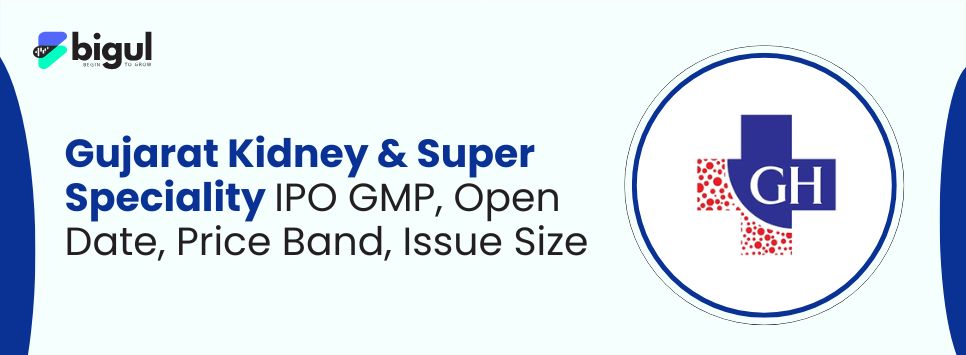
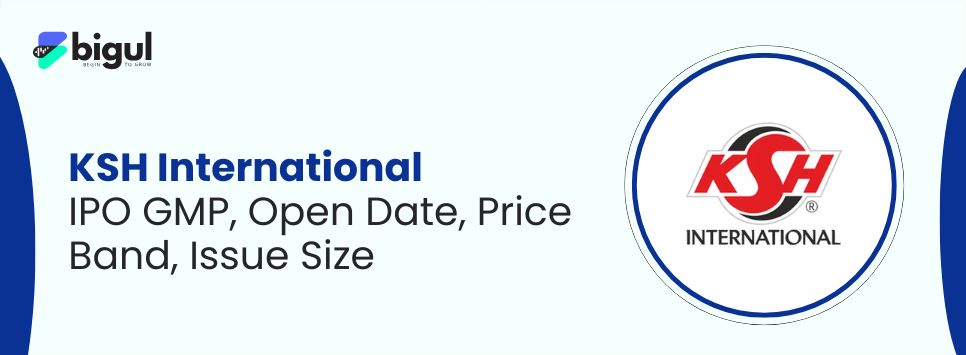

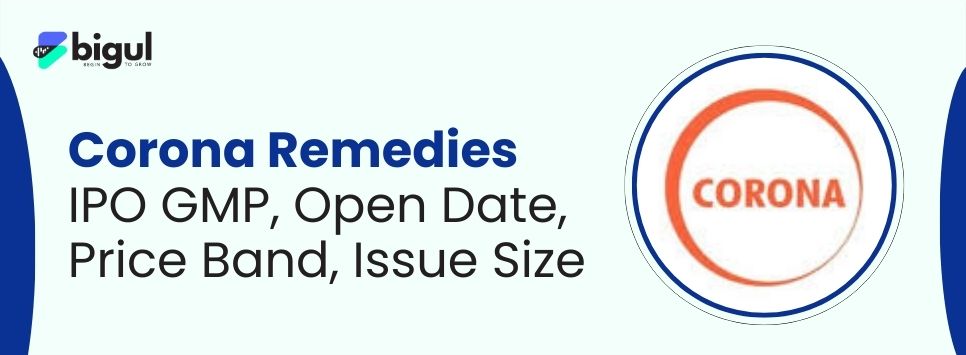
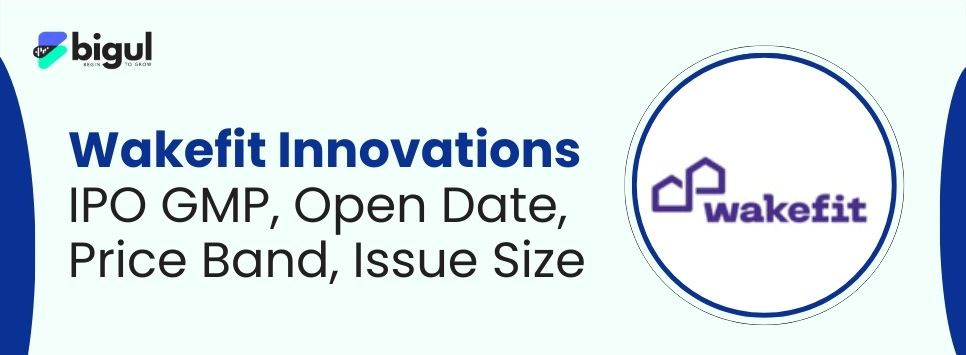

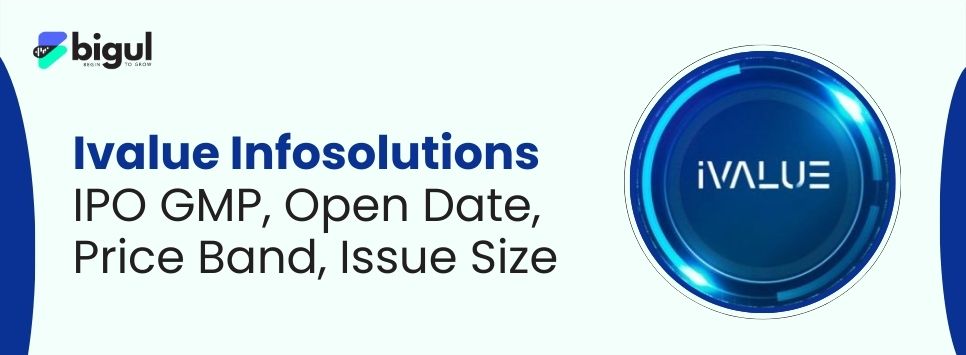

.jpg)
.jpg)
